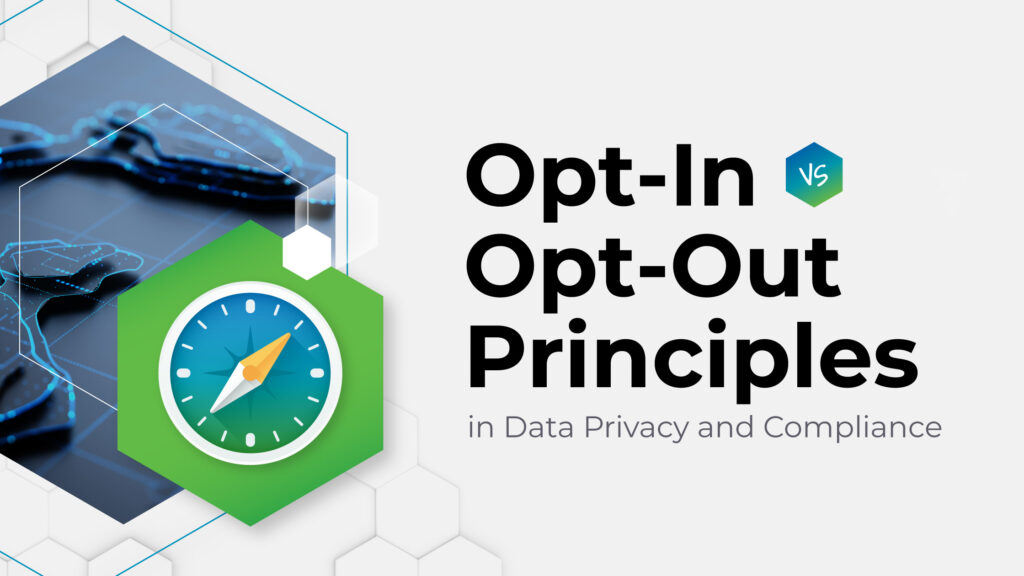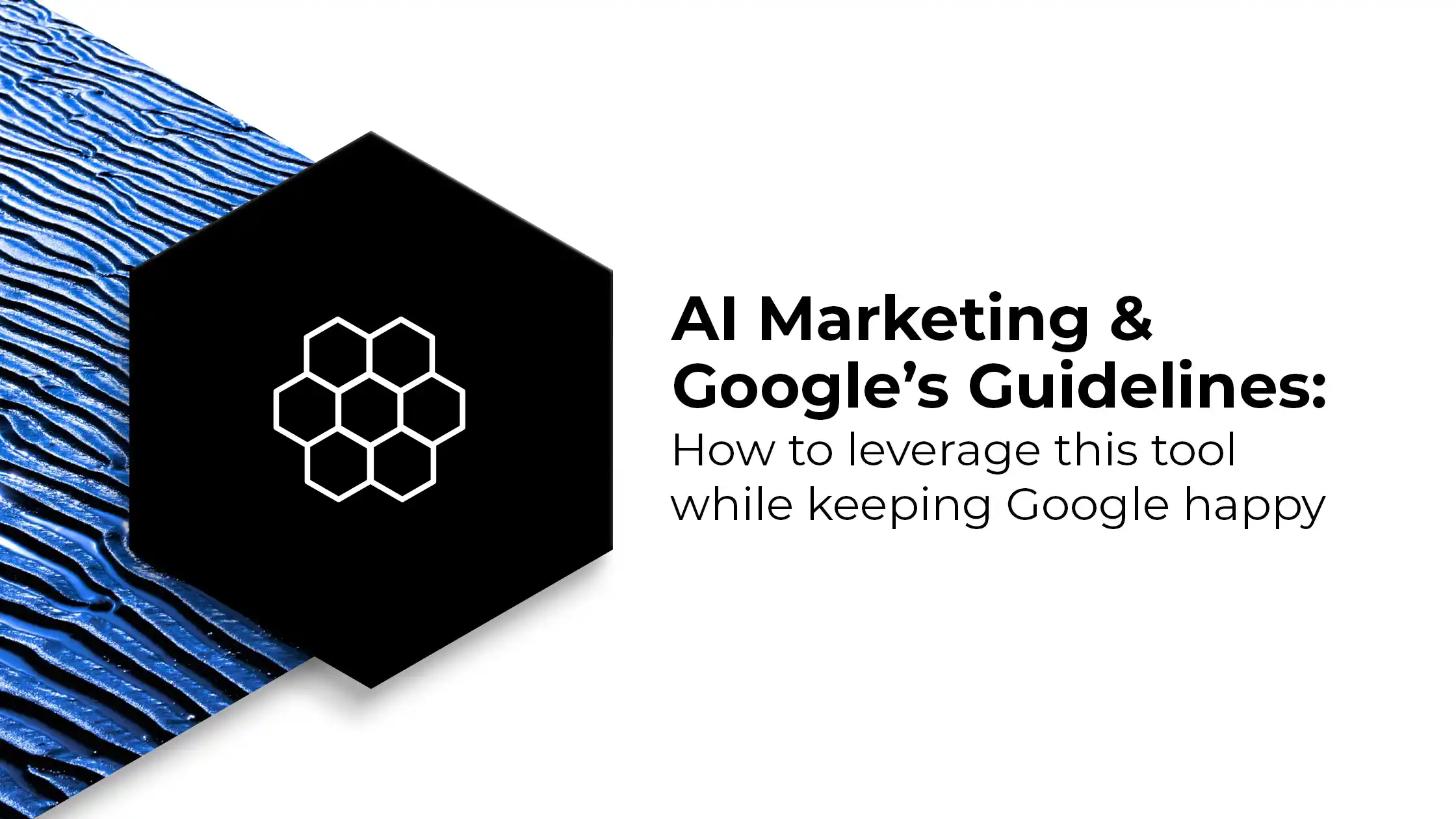
In today’s whirlwind of digital innovation, “data privacy” and “data security” are frequently the hot topics du jour.
Understanding the difference between these two terms is a matter of dodging legal bullets, but that’s not all.
Successfully managing data privacy and data security is a bedrock component of maintaining industry credibility and customer trust.
For some brands, the maze of data privacy and security feels like stepping onto a battlefield blindfolded. Others (you!) are choosing to capitalize on the opportunity to turn the legal obligation of data privacy and data security into your brand’s superpower.
To help you do exactly that, we’re going to:
- Break down the data privacy vs data security puzzle
- Peek through the legal magnifying glass at data compliance
- Share the key ingredients needed to earn customer trust while futureproofing your business
Resolving data privacy vs data security confusion
- Data privacy focuses on the proper consent and handling protocols for personal information.
- Data security lays the groundwork for the technical defenses that protect that personal information.
“Privacy” and “security” are not interchangeable terms.
We’re already dreaming of lunch so here’s a food analogy: You wouldn’t say tomatoes are the same thing as potatoes simply because they both end in “-atoes”, right? Yet, many brand leaders are stuck in a similar false equivalence about data privacy and data security.
What is data privacy?
Let’s try another analogy for this one… Our CEO recently gushed about her love of dinner parties, so imagine you’re at a delightful dinner soirée.
You’re sharing stories about yourself, and asking questions as others share their stories. Maybe you discover you have a lot in common with one person so you wind up sharing your phone number or email address so you can stay in touch.
In the dinner party context, most people would have a reasonable expectation (a hope, really) that your newfound friend would only use this information respectfully, instead of plastering it on every billboard in town.
Data privacy is a formal agreement (not an expectation or hope anymore) between a business and their customers/clients, defining how user information is:
- Collected
- Shared
- Used
It’s about the rules and governance surrounding personal data – what’s collected, how it’s used, and who gets to see it.
What is data security?
Now, zoom out and think about the house where that dinner party is happening.
The house has locks, maybe an alarm system, and perhaps even a doorman or security guard. What’s the goal of all these elements of the house? To keep unwanted guests out.
That’s what data security is – protection. It’s the technical and administrative safeguards that protect data from:
- Unauthorized access
- Breaches
- Theft
Encryption, access controls, and secure data storage all fall under the data security umbrella. It’s the proverbial castle (house) keeping its occupants (data) safe.

The symbiotic relationship between data privacy and data security
You can’t have data privacy without data security. Burn that sentence into your brain.
Data security lays the groundwork for data privacy. Without robust security measures, privacy is just a concept; an ideal that can’t stand on its own in the face of cyber threats.
Attempting to uphold data privacy without implementing stringent security measures is like building a house on quicksand – it’s all going to collapse.
Security protocols are not just checklists to be rushed through. They’re essential steps for brands committed to ensuring the confidentiality, integrity, and availability of user data.
Having a robust privacy policy on a website that’s as secure as a screen door is, well… Don’t do that.
Data privacy and security laws – the “alphabet soup” of compliance
Navigating the maze of data privacy and security laws can feel like trying to learn a new language overnight. GDPR, CCPA, HIPAA – sooo many acronyms!
But here’s the kicker: Compliance isn’t optional. Neither is pleading ignorance.
So how high are the stakes really, you ask? We’re talking trifecta of doom.
- Hefty fines that make your CFO weep
- Legal battles that drag on like a bad movie
- Tarnished brand reputation that no amount of PR can fix
The good news is that resourceful brands can turn compliance into a competitive advantage. Become so good at handling data that it becomes part of your marketing strategy.
As consumers continue to express concerns about online identity, brands following gold standard protocols for data privacy and security are the ones who’ll attract and retain the most loyal customers.
Data privacy with GDPR and CCPA
The General Data Protection Regulation (GDPR) in Europe and the California Consumer Privacy Act (CCPA) in California, USA stand as the vanguards in the realm of data privacy and security legislation.
These regulations don’t just set the stage; they construct the entire theater where the show of data protection and privacy unfolds.
More than merely following the law, category-leading brands need to understand the spirit of these regulations and how they go about protecting individual rights in the name of ensuring businesses handle data responsibly.
Successfully navigating data privacy laws (aka: keeping your business on the right side of them, always) requires a deep understanding of:
- The data you collect
- How you use that data
- How user data is shared, and with whom
- Transparency and accountability best practices
In essence, the GDPR and CCPA challenge organizations to elevate their data practices, encouraging a shift from mere compliance to a culture of conscientious data stewardship.
It’s about recognizing the value of personal information and treating it with the care and respect it deserves, thereby fostering trust and loyalty among consumers.
Other countries are implementing their own data privacy and security standards
The GDPR and CCPA are like the cool kids at school – where they go, others follow. Why are these two regulations the trendsetters that others are constantly looking to?
Because most online businesses nowadays have users in both Europe and California, which requires adherence to both regulations regardless of where your company is headquartered.
The influence of the GDPR and CCPA extends beyond their respective jurisdictions, setting a de facto standard for how personal data should be treated worldwide.
While basically every other country is now looking to set up their own privacy laws, so far, none of them are really saying anything that isn’t already defined in the GDPR and CCPA.
This is why deepening your understanding of these two laws will give you an automatic leg up if your business encounters user privacy laws in other countries.
While you should definitely consult with your legal team whenever a new law pops up, these two statements are a simple way to keep things straight(ish) for now:
- GDPR sets the standard for opting-in practices
- CCPA sets the standard for opting-out practices
Opt-In vs Opt-Out Principles in Data Privacy and Compliance
You need to understand the critical differences between opt-in & opt-out in data privacy. Explore GDPR, CCPA, and email opt-in laws for compliant marketing.

Best practices for business leaders who want to walk the talk of data privacy + data security
Planning to claim ignorance if any legal threats emerge, or believing someone’s claim that data privacy and data security measures are an easy-peasy afternoon’s worth of work, is not just a high risk tolerance – that’s a blatant risk invitation.
For businesses who are ready to get a gold star in compliance while also raising the standard of your company’s data privacy and security, here are the 8 steps you need:
1. Understand the laws. Like, really understand them.
Skimming through a summary or relying on hearsay (or just reading through this article!) is not how we define understanding. At all.
Dive deep. Know the nuances of the GDPR, CCPA, HIPAA – whatever affects your business. Be the expert. Or if your zone of genius lies elsewhere, hire an expert. Either way, you can no longer avoid the need for sophisticated data privacy and security expertise on your team.
Misunderstanding these laws won’t just be embarrassing – it’ll damage your brand reputation, likely cost you customers, and add a mountain of expenses to your balance sheet.
2. Implement robust security measures
Security is the bedrock of privacy. The non-negotiable security essentials are:
- Strong encryption
- High-security data storage
- Regular security audits
A light security touch is basically no security. Brands need a kitchen sink approach when it comes to implementing proper data security standards.
This will almost definitely be the least glamorous part of your job, but that doesn’t change the fact that it’s as critical as it gets.
3. Build a data culture
Go beyond setting up policies and procedures that merely adhering to the law. Instead, make data security and privacy part of the DNA of your organization.
From the C-suite to the interns, everyone needs to play a role in protecting and securing user data.
- How is this shift in your data culture being messaged?
- What content components are needed to support internal uptake?
- Who’s responsible for maintaining this cultural pillar for the long haul, so the subject doesn’t fade into oblivion after a few months?
4. Only collect the essentials
In the world of data, more isn’t always merrier.
It’s tempting to collect every bit of data you can get your hands on. For the future! For that potential scenario you can’t envision right now, but you should be prepared for, right?
Nope, not right. Hoarding data like a squirrel hoards nuts is one way that many brands set themselves up for a privacy nightmare. Instead:
- Audit your data collection regularly. Take a long, hard look at what you’re collecting. If you haven’t used it in the last six months, you probably don’t need to keep collecting it.
- Define the purpose. Collect any and all user data with a clear purpose. If you can’t justify why you need it, remove it from your collection strategy.
- Think like a minimalist. As a general practice, focus on quality over quantity. Only collect what truly adds value, and do it in the least invasive way possible.
5. Be open and honest with users
Hello, transparency. Gone are the days when businesses could hide their data practices in the fine print. Today’s users are savvy, and they want to know what you’re doing with their data. And frankly, they deserve to know.
- Make a clear-cut privacy policy. The clearer you can make it, the better. No legalese and no jargon. Just straight talk about what you’re collecting, why, and what you will and will not do with it.
- Give users control over their data. This means easy opt-outs, data access requests, and the ability to delete their data whenever they want.
- If you make a mistake, own up to it. Users respect honesty and are more forgiving when you’re upfront about errors and demonstrate a correction strategy.
Being open and honest isn’t just about compliance; it’s about building trust.

Notice how many times we’ve used “trust” in this article? Forward-thinking brands have stopped viewing data security concerns as a nuisance, and see it more as an opportunity to nurture the trust that futureproofs your bottom-line. Trust is the greatest currency.
6. Manage third-party risks
Your data isn’t just in your hands – it also lives with your partners, vendors, and third-party service providers.
Ensure there is no weak link in your data security chain. Thorough third party due diligence is unavoidable before entering into any data-sharing agreement.
Take the attitude that you are a steward of your users’ data – bring some extra-protective parent energy to all this.
7. Be proactive, not reactive
Waiting for a breach to happen before investing resources in your data security and privacy protocols is like putting on a seatbelt after the car has crashed.
Here are a few things to do right now:
- Conduct impact assessments
- Put breach response protocols in place
- Always (always!) err on the side of caution
8. Use common sense
The horror stories of big tech data breaches and improper uses of user data often imply that business leaders were blindsided because understanding data security and privacy laws requires three PhD’s so of course, they had no idea what was going on.
The reality? In the vast majority of those high-profile cases, data missteps were intentional and well known. The organization may have been surprised that they got caught, but they weren’t oblivious to their negligence.
But for you, conscientious business leader that you are, it won’t be that complicated. Rely on your common sense and you’ll be just fine.
There are really only two things you need to do:
- Make it hard for anyone other than the user to access their data.
- Respect users’ preferences and legal rights.
See? Not rocket science.
Walking down the path of protecting user data
In the end, getting a grip on data privacy and security isn’t just ticking boxes for the sake of rules. It’s about forging a bond of trust. You’re basically promising your customers, “Hey, your digital DNA? It’s locked up tight with us.”
And in this digital wild west where consumers are well aware of bad actors and looking for brands they can depend on, that’s a promise you can take to the bank every single day of the week.
Invest the time and resources to get data privacy and security right. Your customers will notice and so will revenue.
TL;DR on Data Privacy vs Data Security
- Data privacy involves the ethical handling and consent of personal information, while data security is all about the tech defenses that keep that personal data safe.
- Data privacy laws can no longer be ignored. Staying compliant is table stakes now.
- Build a strong data culture by understanding the law, shoring up your data security measures, putting user protection at the forefront of everything you do, and erring on the side of transparency.
- Earn trust and leverage data security and privacy as a brand asset by implementing a robust set of data protection practices, and then communicating that commitment clearly – internally and externally.





